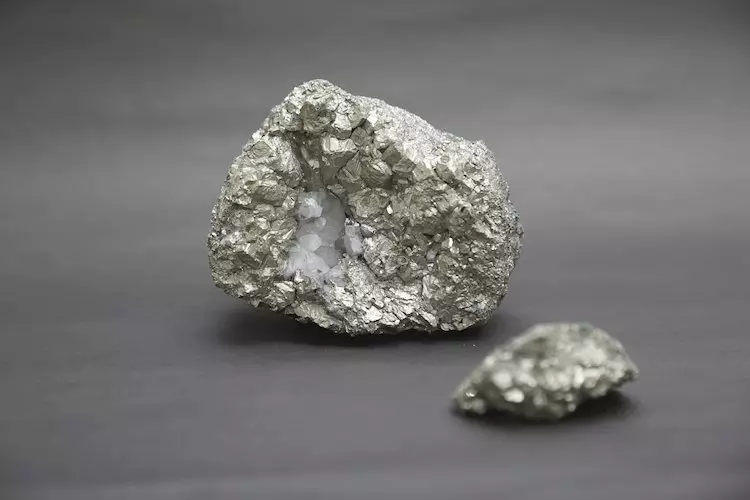Silver prices (XAG/USD) have been showing an upward trend, with the metal currently trading at $27.39 per troy ounce, representing a 0.64% increase since Friday. Throughout the year, Silver prices have surged by 7.54%, indicating a positive outlook for investors. This rise in prices has led to a decrease in the Gold/Silver ratio, which now stands at 85.38 on Monday, down from 85.91 on Friday. Investors often use this ratio to gauge the relative valuation of Gold and Silver and make informed decisions regarding their investments.
Silver, being a precious metal, is highly sought after by investors looking to diversify their portfolios. Historically, Silver has been used as both a store of value and a medium of exchange. While not as popular as Gold, Silver offers unique benefits and can serve as a potential hedge during times of high inflation. Investors have the option to purchase physical Silver in the form of coins or bars, or invest in Exchange Traded Funds that track its price on global markets. This flexibility makes Silver an attractive investment option for those looking to add a valuable asset to their portfolio.
The price of Silver can be influenced by a multitude of factors, ranging from geopolitical instability to changes in currency values. Silver, being a yieldless asset, tends to rise in value when interest rates are low. Additionally, its price movement is closely tied to the performance of the US Dollar, as Silver is priced in dollars (XAG/USD). A strong Dollar can suppress Silver prices, while a weaker Dollar often leads to an increase in Silver prices. Other factors such as investment demand, mining supply, and recycling rates can also impact the price of Silver. Silver’s widespread use in industries like electronics and solar energy further adds to its price volatility, with changes in demand affecting its value significantly.
The economic dynamics of key countries like the US, China, and India play a crucial role in determining Silver prices. These countries have significant industrial sectors that rely on Silver for various processes, leading to fluctuations in demand and supply. In India, consumer demand for Silver in the form of jewelry also contributes to price swings. As such, factors like industrial growth, consumer behavior, and economic policies in these countries can have a direct impact on the price of Silver. Additionally, global events like recessions or geopolitical tensions can drive up the price of Silver due to its safe-haven status, albeit to a lesser extent than Gold.
Silver prices are closely linked to the movement of Gold prices, as both metals are considered safe-haven assets. When Gold prices increase, Silver prices often follow suit, reflecting their similar status in the market. The Gold/Silver ratio serves as a tool for investors to assess the relative valuation between the two metals. A high ratio may indicate that Silver is undervalued or Gold is overvalued, prompting investors to adjust their positions accordingly. Conversely, a low ratio could signal that Gold is undervalued in relation to Silver, leading to potential buying opportunities for investors.

